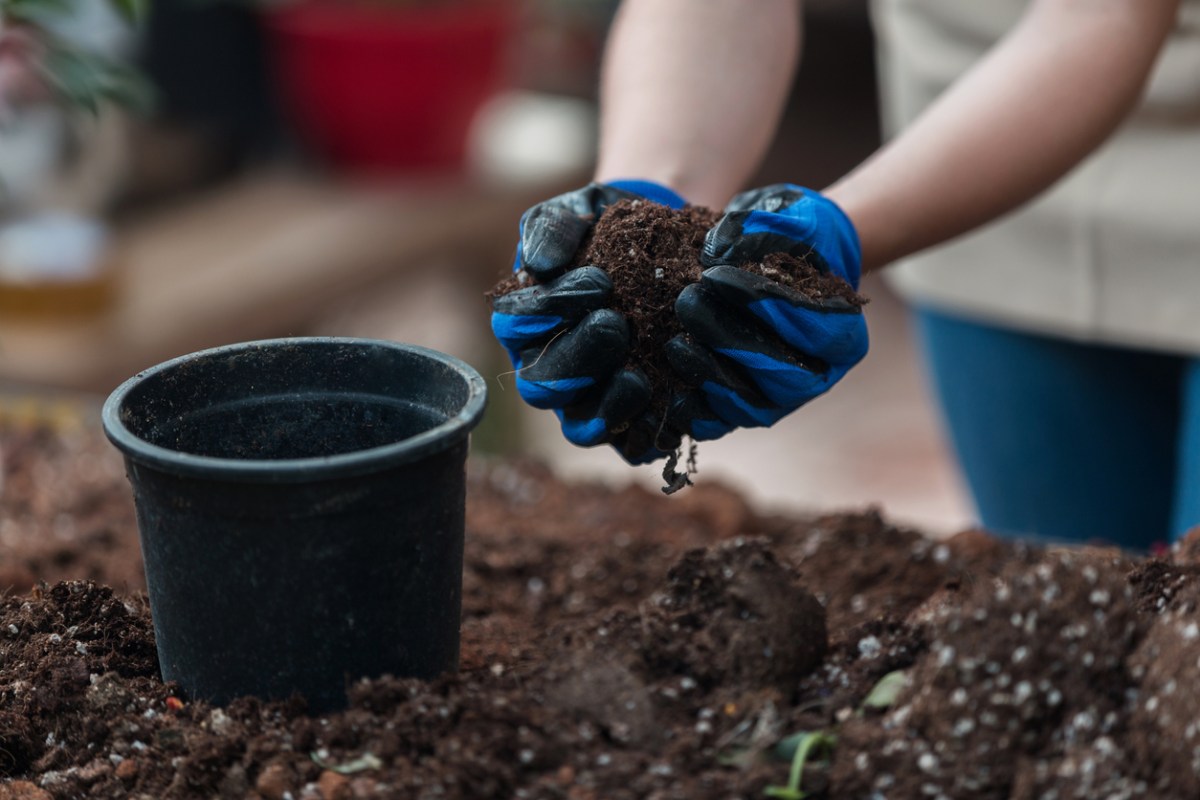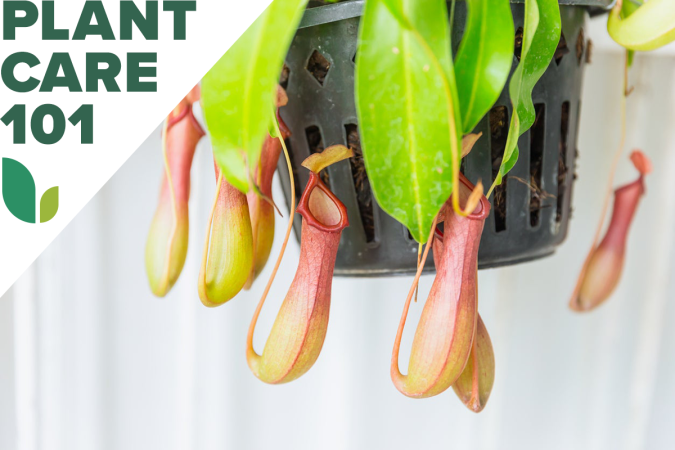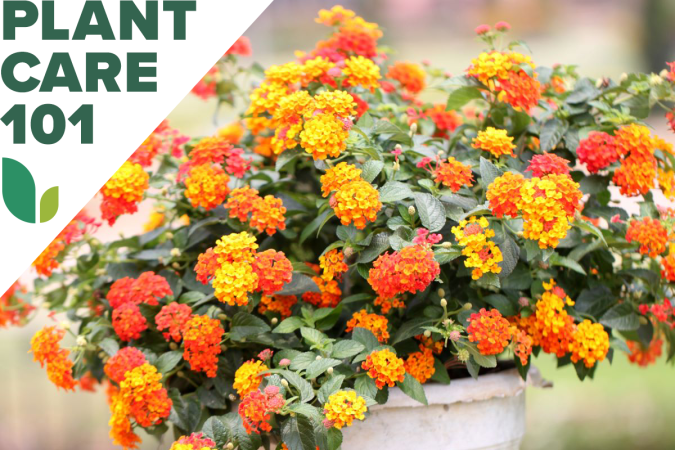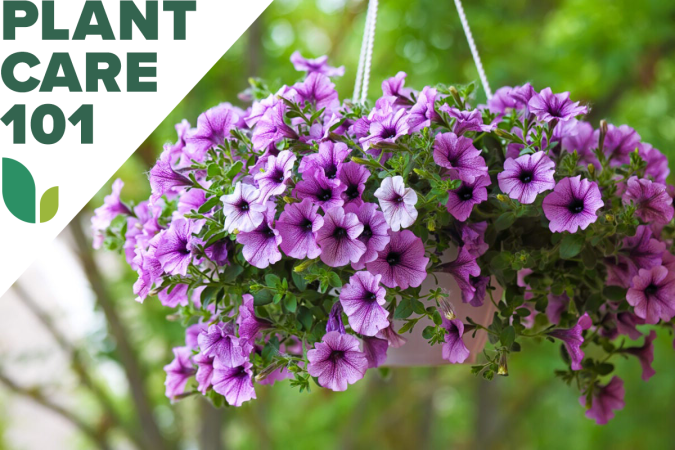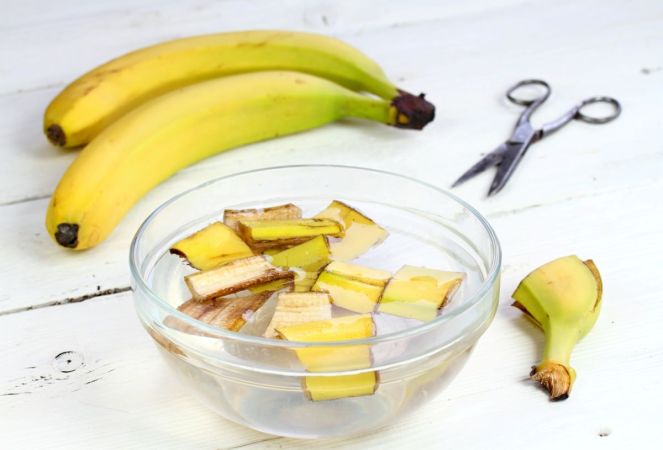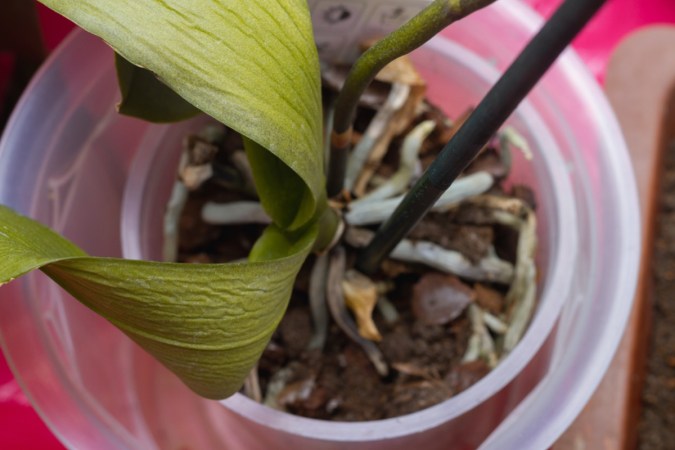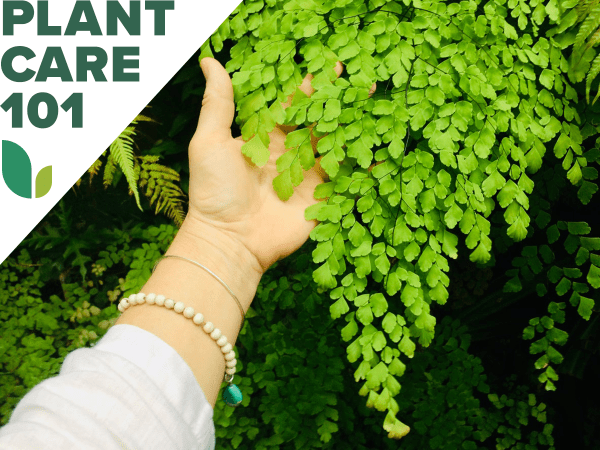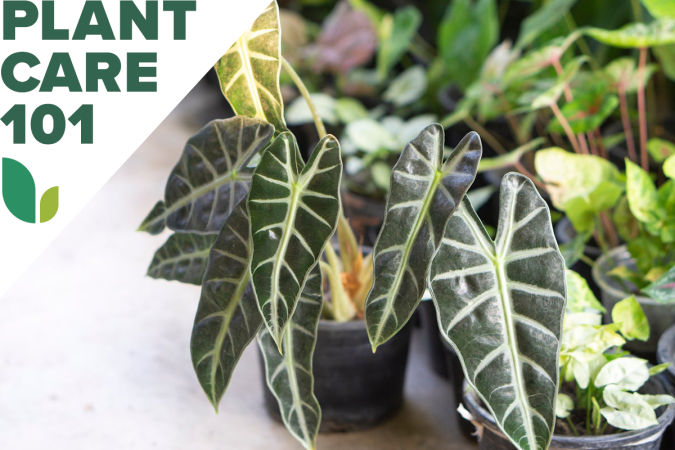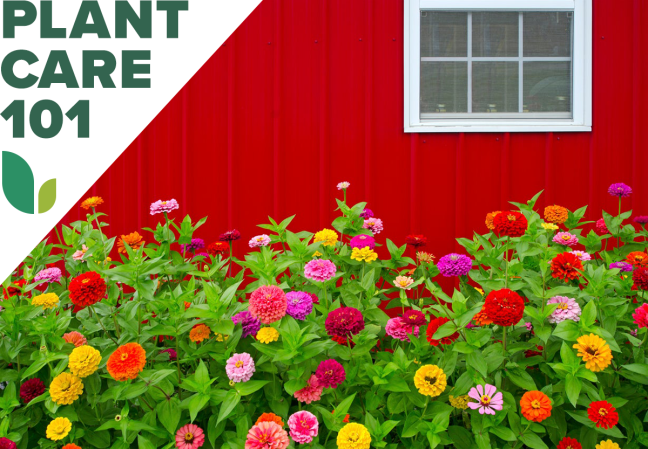We may earn revenue from the products available on this page and participate in affiliate programs. Learn More ›
Q: I have a few planters that still have potting soil from last year. Can you reuse potting soil? Does potting soil go bad, or can I use what I already have for potting plants this season?
A: Yes, you can reuse potting soil, but only if you can guarantee it is pest- and disease-free—or if you have sterilized and amended it. While it would be economical to use potting soil already sitting in containers, doing so can transmit diseases, spread pests, and lead to a lack of nutrients.
To ensure your plants’ health, it’s better not to reuse potting soil if possible. Below is some guidance on what potting soil is, the pros and cons of reusing it, and how to sterilize soil properly.
RELATED: All You Need to Know About Soil Types
A good rule of (green) thumb is to replace potting soil annually.
It might come as a surprise that one of the key differences between garden soil and potting soil is that most potting soil is actually soilless, and is therefore more accurately called potting mix. Potting mix is a planting medium that includes a combination of ingredients to both maintain moisture and improve container plant drainage.
This blend, usually including a nutrient-dense ingredient like compost in addition to coarse sand or perlite, makes for well-draining potting mix and eases compaction in pots. Because containers dry out faster than garden soil, a moisture-retaining ingredient like vermiculite or peat moss is essential.
Many potting mixes contain added fertilizers and nutrients. In general, containers require more frequent watering, which causes nutrients to leach out, so container plants need supplemental nutrients throughout the growing season. This is also one of the main reasons not to reuse potting soil: The mix is typically so depleted of vital nutrients by the end of the growing season that it doesn’t give new plants what they need for growth.
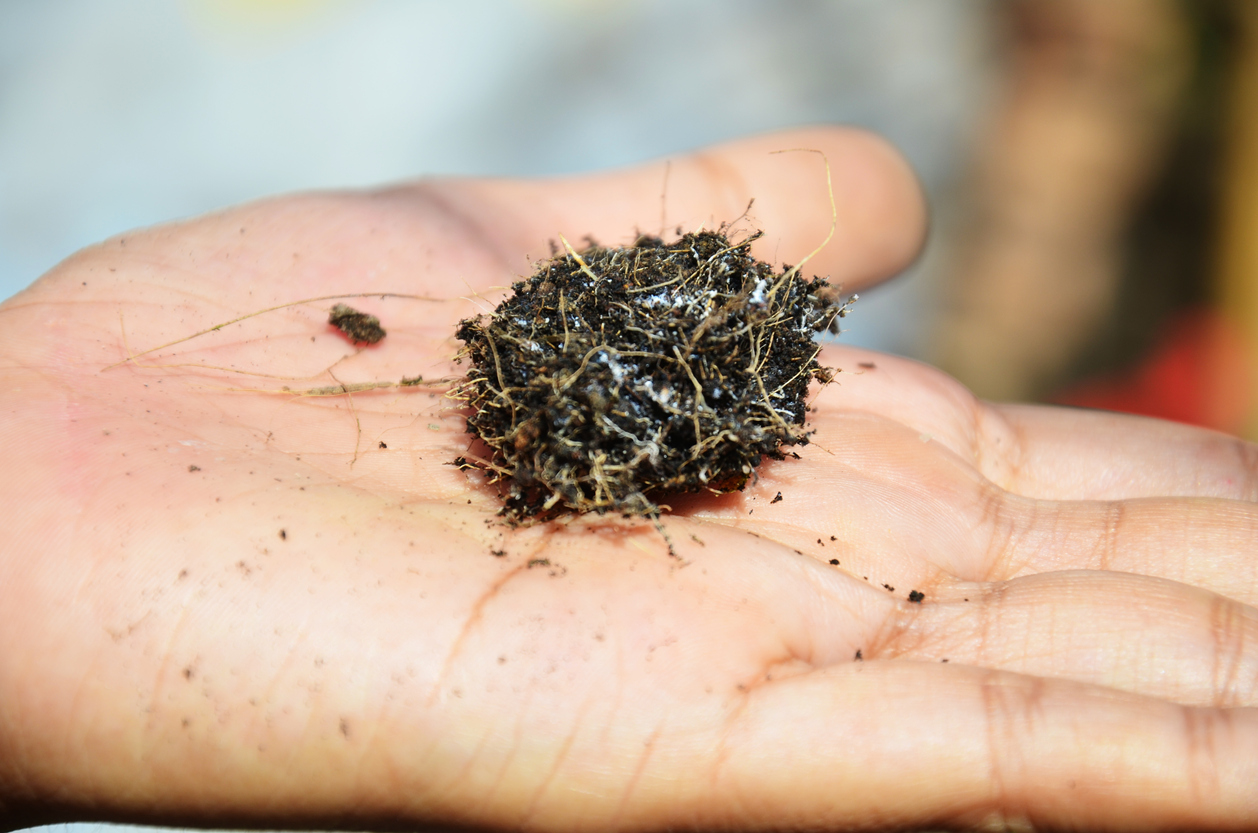
Used potting soil may contain pests and pathogens.
Another good reason to not reuse old potting soil? The potential for pests and plant diseases. If plants from a previous season had any insect infestations, throwing out the plants probably isn’t enough. Insects can lay their eggs in the soil only to hatch right in time for planting season. Old potting soil can contain plant pathogens such as species of the fungus Fusarium, which is easily spread by wind or fungus gnats in moldy potting soil. Another pathogen, Pythium, can be transferred to potting mix from hands or unclean garden tools.
In short, it’s easy for potting soil to become a bearer of pests and diseases that can destroy new plantings. It takes more time and money to replant container pots than it does to start with new potting soil.
It’s important to pasteurize old potting soil before reusing it for plants.
But what should be done with old potting soil mix, then? The good news is that it’s possible to sterilize used potting mix for future use as soil for plants. Most gardeners recommend using this sterilized soil as a supplemental mix and not the primary planting soil for a container, however. Here are a few ways to sterilize potting soil:
Solarization
The easiest, most effective method for sterilizing potting soil uses the power of the sun. Solarization is a nontoxic way to kill off soilborne pests and diseases using solar heat. According to the World Vegetable Center, solarizing potting soil requires only two things: clear plastic and sunlight.
This method is great for sterilizing larger quantities of plant soil. First, remove any plant matter and break up clumps in the planting medium. Next, lay down a clear plastic sheet and spread the potting soil out on top of it, up to 12 inches deep.
Water the soil until it’s moist but not soaking wet. Then, cover it with a second clear plastic sheet, making sure to tuck the top layer of plastic under the bottom one before securing it in place using rocks, stakes, dirt, or other means. Leave the plastic-covered potting mix in full sun for 4 to 6 weeks. In areas with more overcast days, leave it out for up to 10 weeks.
You can also place moist-but-not-wet soil into clear plastic bags, sturdy black plastic bags, or sterile 5-gallon buckets. Properly seal them off and leave the bags or buckets in the sun according to the above time recommendations.
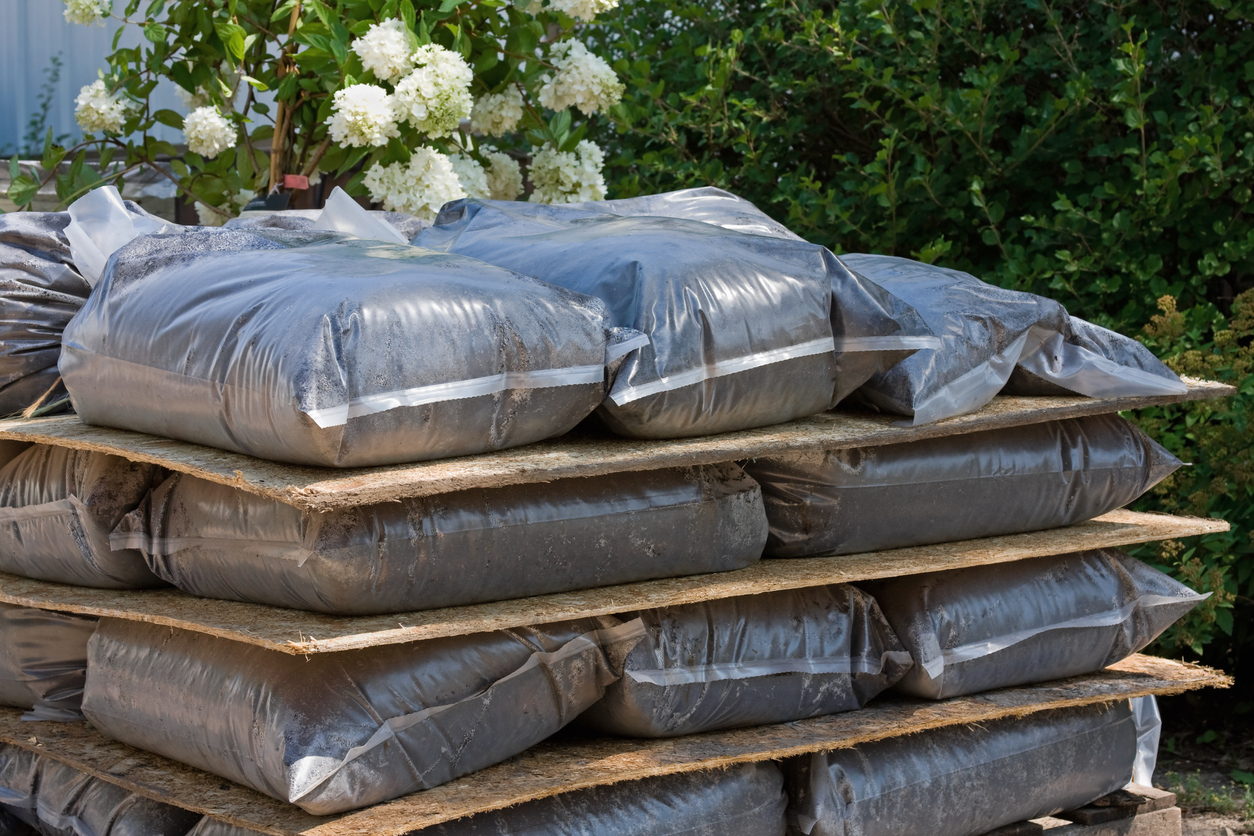
Baking
For a smaller amount of potting soil, try sterilizing it in the oven by bringing it to a temperature high enough to kill off any possible pathogens. Most soilborne diseases can’t survive 30 minutes at 140 degrees Fahrenheit. However, for a few viruses, this isn’t quite hot enough. It’s generally agreed that baking planting media at 180 degrees Fahrenheit for 30 minutes offers more consistent success.
To bake planting soil, spread it evenly on an oven-safe container (like a baking pan), cover it with aluminum foil, and bake it at about 200 degrees for around 30 minutes, using a meat thermometer to gauge the temperature.
Microwaving
Because many people use microwaves instead of conventional ovens for cooking, it stands to reason that a microwave could sterilize potting soil. While that’s technically true, this method is the least recommended for a couple of reasons: First, a planting medium can contain metal debris, which can damage microwaves and even cause a house fire. Additionally, a microwave can only accommodate a small amount of potting soil at once.
Still, if this method sounds right for you, you can place moist planting soil in microwave-safe containers with ventilated lids. This includes microwave-safe plastic bags, but make sure they have some type of ventilation. The bags should then be placed in a microwavable dish to keep any dirt from spilling out of the ventilation holes. For 600-watt and higher microwaves, microwaving on full power for 90 seconds should do the trick.
Check the soil temperature with a meat thermometer immediately afterward, repeating in 30-second intervals until the soil temperature reaches 180 degrees Fahrenheit.
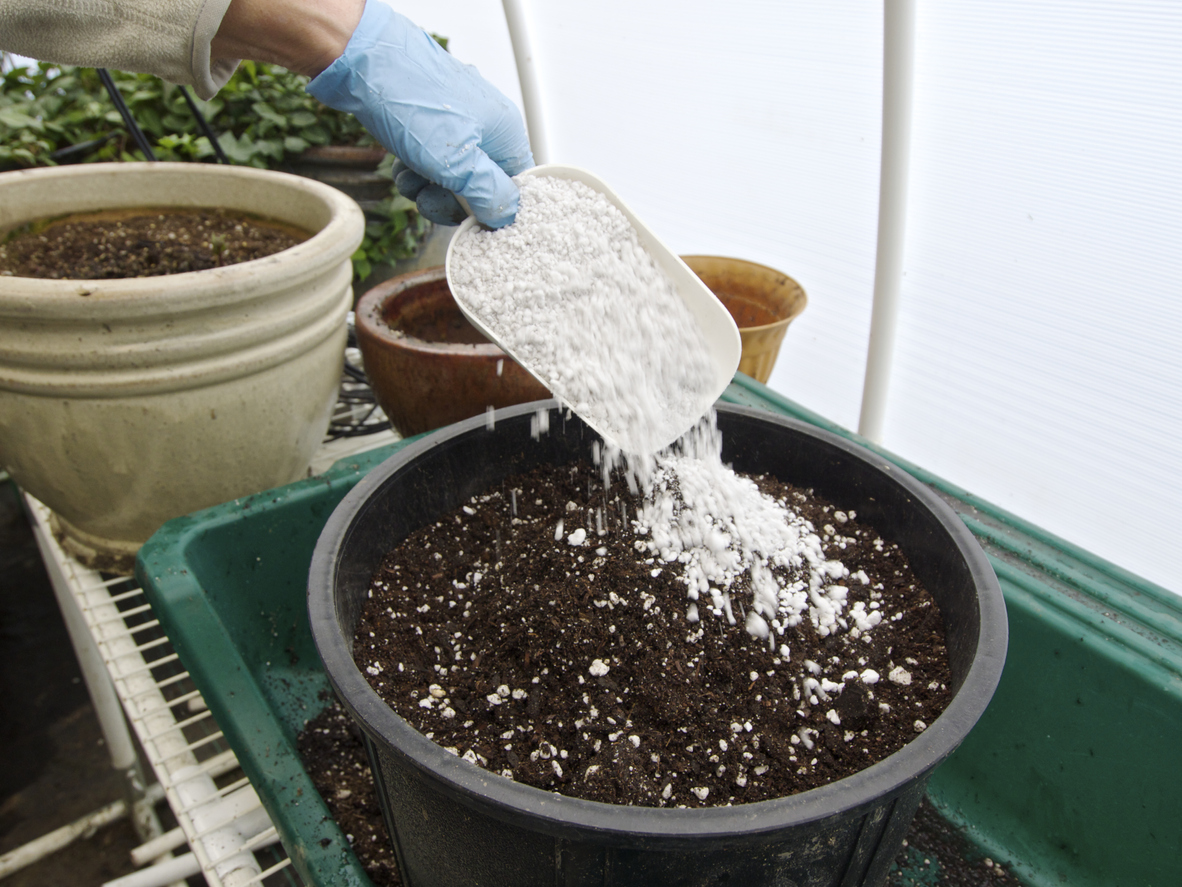
Once sterile, used potting mix must be amended to restore adequate structure and nutrient content for plants.
Before reusing sterilized potting mix, it’s important to make sure that you rejuvenate the medium with plenty of nutrients. It’s not hard to make your own potting soil, but the best potting soil mixes have just the right blend of ingredients.
- Moisture Retention and Drainage: Perlite, a small volcanic glass, helps make an airier soil for drainage. Sand also helps give added drainage. Vermiculite both aerates plant soil and retains moisture, making it the most used ingredient in potting and planting mixes alike. Adding peat moss or sphagnum moss to a potting medium helps with moisture retention, as well. All of these are generally added at equal portions to planting mixes, along with an organic matter for nutrients.
- pH Level: Sterilized potting soil should be tested after the pasteurization period. The optimal potting soil pH level should be neutral, so a pH between 6.5 and 7.5 is optimal. Adding lime to acidic soil (lower than pH 6.5) can bring it back to neutral, while you should add acidic ingredients like extra sphagnum moss or sulfur to alkaline soil (pH above 7.5).
- Fertilizer: Since container plants tend to leach nutrients, they require slow-release ingredients like composted organic matter and regular fertilizing throughout the growing season. The best potting soil mixes also frequently include additional nitrogen, phosphorus, and potassium (potash) in the mix.
Store used potting soil in clean, airtight containers.
Once potting mix has been sterilized and amended, keep it from attracting any new pests or pathogens by storing it in an airtight container. These containers should also be clean and sterile, since diseases and pests are commonly passed from tools and containers.
RELATED: 14 Symptoms of an Unhappy Houseplant

